S7Jr .. Polymer Tantalum?
- By Oneminde
- Solid State
- 1 Replies
Hi. Does anyone recognise the capacitor in the picture, marking S7Jr .. isn't that a Polymer Tantalum cap ?

Oneminde
Oneminde
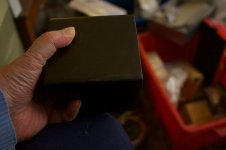

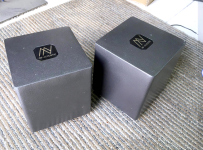
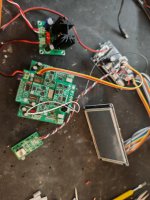
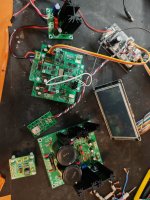
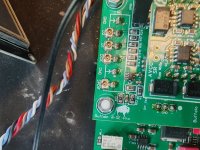
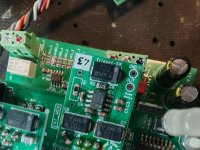
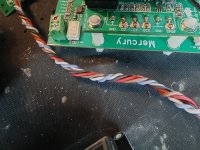
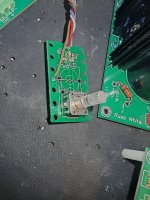
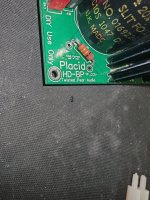
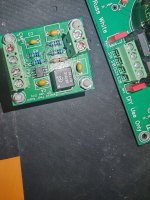
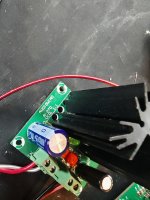
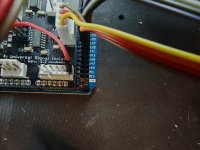

 [/url]
[/url] [/url]
[/url] [/url]
[/url] [/url]
[/url] [/url]
[/url] [/url]
[/url] [/url]
[/url] [/url]
[/url] [/url]
[/url] [/url]
[/url] [/url]
[/url] [/url]
[/url]| Hello, I've bought one year ago two hypex NC500MP modules, and mount them in two differents enclosures, and run without problem. After power shutdown in my house, the two cards are burned !?! In one of the board , the main fuse have burn , and the seconde one, the capacitor C44 have explode, but the main fuse is ok... No burning traces on board or componants ... My pre-amplifier, DAC, Computer are Ok. Do you had this experience with Hypex amplifier board ? Thank you,Best regards |